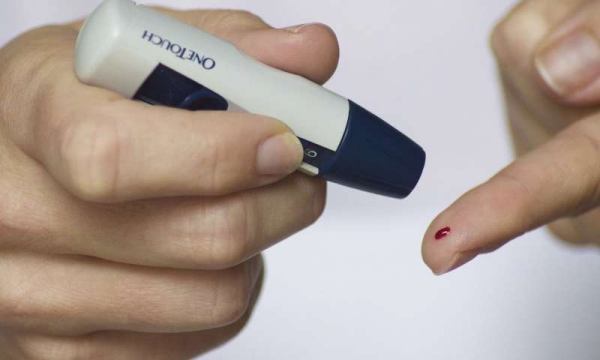
Community pharmacies are well placed to screen patients for type 2 diabetes, which could increase early diagnosis and significantly reduce NHS costs—according to new research from the University of East Anglia and Boots UK.
More than three million people in the UK were diagnosed with diabetes in 2014 and there was an estimated 590,000 people with undiagnosed diabetes.
The estimated cost of type 2 diabetes to the NHS in 2011 was £8.8bn. The cost of diabetes to the NHS is expected to rise from 10 per cent to 17 per cent between then and 2035—with one third of this being due to complications of the disease.
Early identification and treatment of diabetes is known to reduce the incidence of complications. Screening services increase the number of diabetes diagnoses and results in cases being identified 3.3 years earlier on average.
The research team investigated the cost-effectiveness of community pharmacy based type 2 diabetes screening in two pilot areas—Leicester and Surrey. A total of 328 people took part in the study, and data was collected over a six month period on 2014.
They found that the cost per test and identification rates in patients were similar to those reported through medical practices for type 2 diabetes.
Efficiency of the screening service was also improved through the use of a risk screening tool questionnaire, which reduced the number of tests needed.
Researchers believe that locating a community pharmacy type 2 diabetes screening service in areas of suspected greater prevalence, and increasing the proportion of patients who follow pharmacist advice to attend their medical practice, would significantly improve the cost-effectiveness of the service.
Prof David Wright, from UEA’s School of Pharmacy, said: “This study shows that screening though community pharmacies is no more costly or less effective than undertaken through other routes. For such services to be cost-effective however, we also need to intervene in those identified as ‘high risk’ to prevent progression to diabetes.
“This is a natural addition to the diabetes screening process and, with appropriate funding, is something which community pharmacists can effectively do to contribute to the public health agenda.”
Marc Donovan, Chief Pharmacist at Boots UK, said: “This research highlights that there is a real opportunity for pharmacies in the UK to offer community based type 2 diabetes screenings and continue to support the services offered in GP practices.
“Not only does screening support patients by increasing early identification and treatment of type 2 diabetes, it is also known to reduce the incidence of complications, have a positive impact on costs to the NHS and, ultimately, supports the government’s public health agenda.”
‘Diabetes screening through community pharmacies in the UK: is it cost-effective’ is published in the journal Pharmacy.
